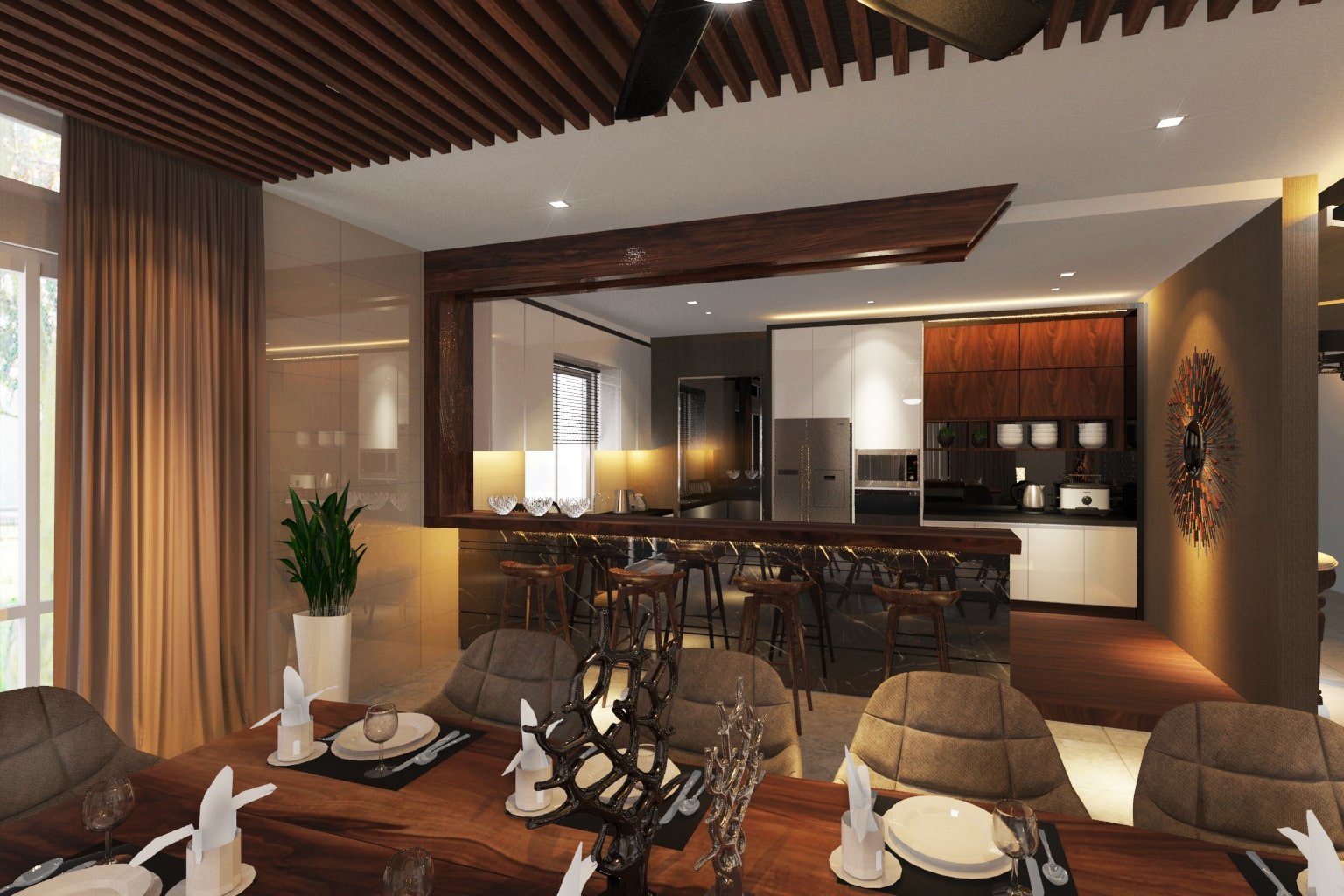
Smarter Home Design and the Great Reset signal a transformational period at the crossroads of the Third Industrial Revolution and technological innovation.
Today, our homes change into dynamic places capable of adapting and responding to the needs of the digital age.
This article explores the connection between home design, upcoming 5G technology, and the concepts of the Great Reset.
It guides us towards a future where our living spaces seamlessly integrate with a constantly evolving technological landscape.
The Smart Grid and Its Implications

The Smart Grid is a network that intelligently controls the supply and demand of energy. Additionally, it is the basis of the 3rd Industrial Revolution.
Not only does this make homes more energy efficient, but it also empowers people to participate in environmentally friendly activities.
The Smart Grid, in essence, utilises smart metres, sensors, and real-time data processing to effectively optimise energy usage.
Consequently, this not only reduces costs but also minimises the environmental impact.
In this particular case, we must look deeper into the technologies that contribute to making grids smarter.
By doing so, we can gain a better understanding of how these advancements facilitate the growth of the Smart Grid.
1. Smart Metering
Smart metering replaces analog meters with digital counterparts, allowing for more frequent and automated readings.
Consequently, this technology helps us understand how people use energy more clearly, which makes billing based on the time of day easier and gives people a financial reason to move their loads to off-peak hours.
2. Sensored Distribution Grid
The distribution side of the grid, responsible for delivering energy to those in need, now includes smart sensors.
Automated devices improve data collection and make it easier to find imbalances more quickly by switching from taking readings by hand.
Then, analytics can refine settings for optimal electricity quality and grid stability, reducing costs through remote adjustability via SCADA interfaces.
3. Autonomous Distribution Grid Balancing
Besides that, computer software interacts with real-time data to make adjustments without human intervention by employing central distribution management systems or autonomous distribution points.
Additionally, reducing operator errors not only improves the speed of reaction but also enhances both the quality of electricity and the stability of the distribution grid.
Smarter Design: Tech-Infused Living Spaces
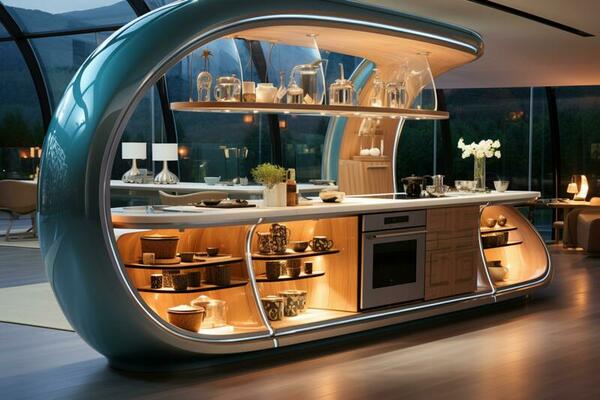
As the Smart Grid becomes a staple in modern infrastructure, interior design is evolving to embrace the possibilities it presents.
Smart homes are no longer a novelty but a necessity, and architects and designers are incorporating technology seamlessly into the very fabric of our living spaces.
In the 70s, home automation technology emerged. It enabled the control of heating, lighting, and appliances in a home from a central hub through expensive hardwired systems.
However, the very wealthy were the only ones who had access to this type of advanced system for decades.
The mass adoption of the Internet in the 1990s, however, brought about a major shift.
It allowed for wireless control systems that became more accessible to everyday consumers.
This smart home revolution was paved by several key innovations. For instance, WiFi and smartphone apps enabled wireless control from anywhere, leading to mass adoption.
Plus, voice assistant devices like Amazon Alexa have made hands-free automation possible simply by using voice commands.
Examples of Smarter Home Design Components
1. Safety and Security
Smart security features provide homeowners with peace of mind. These features include:
- Smart doorbell cameras to screen visitors when away
- Interior and exterior security cameras with motion-sensing alerts
- Smart door locks with keyless entry and remote access
- Window, door, smoke, CO monitors that sync with your smartphone
2. Entertainment and connectivity
Next, multi-room audio, seamless streaming integration, and home theatre technology enable convenience and immersion by offering features such as:
- Voice assistant integration to control your music playlist or TV by voice command
- Multi-room audio that syncs music across the home
- TVs with smart capability and access to all streaming content
- Smart universal remotes that control everything from lighting to audio
3. Smart appliances and kitchen aids
- Smart refrigerators with cameras to view contents remotely
- App control of ovens, dishwashers, and other appliances
- Smart cooking gadgets like WiFi-enabled sous vide machines, instant pots, and coffee makers
The Fourth Industrial Revolution’s Influence on Interior Design
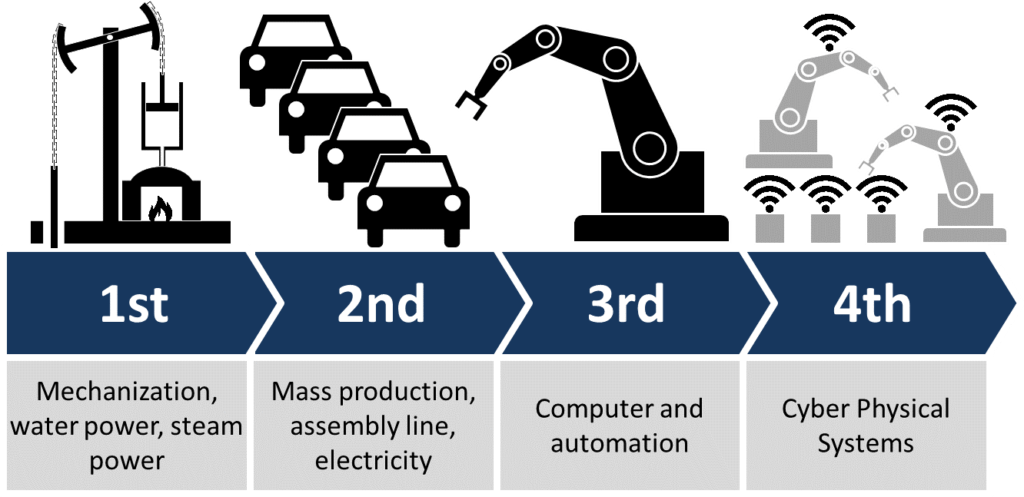
The discovery of the steam engine was associated with the First Industrial Revolution.
Meanwhile, the second industrial revolution was associated with combustion.
On the other hand, the computer was linked to the third industrial revolution.
Lastly, the development of intelligent machines and communication technologies that unlock both globalisation and methods of automation in the workplace was associated with the fourth industrial revolution.
Historically, interior design has advanced substantially since its inception.
Design for interiors has undergone a phenomenal transformation, ranging from classical to futuristic and chic styles.
However, the upcoming generation of living rooms will differ completely from anything we’ve seen before.
In addition, they will embrace technology and, adopt a more minimalistic style.
Modern Technology
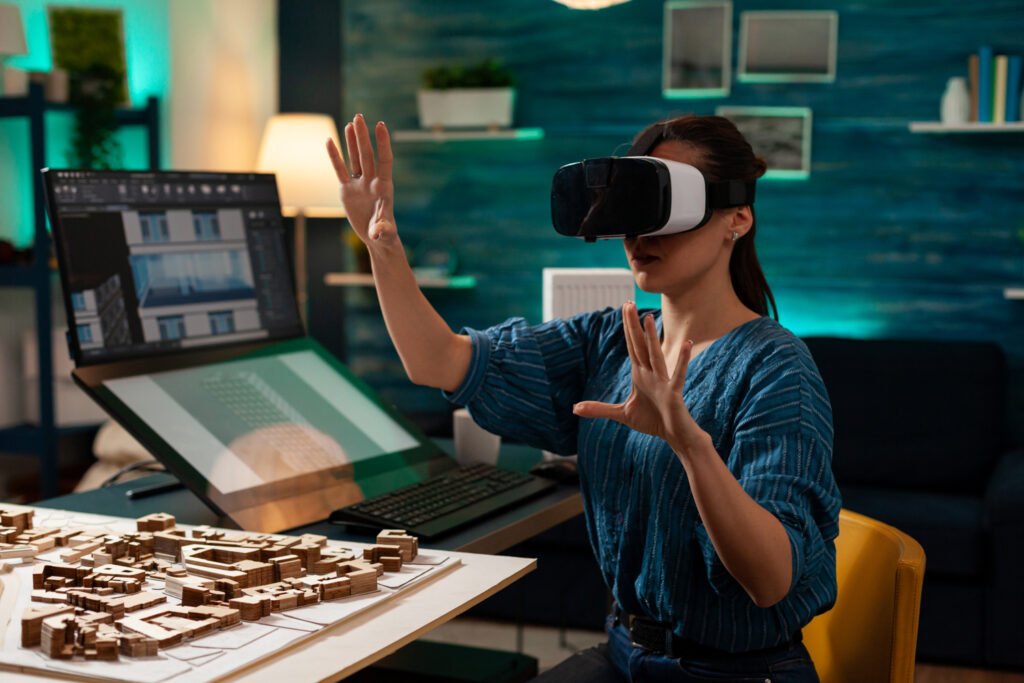
Imagine, as you enter, a futuristic living space where your innovative home system warmly welcomes you with custom lighting, thermostats, and tunes settings.
With the push of a button, the modular sofa effortlessly transforms into a cosy bed.
However, technology won’t simply be used for pleasure; instead, it will be essential for enhancing sustainability and energy efficiency.
Comfort
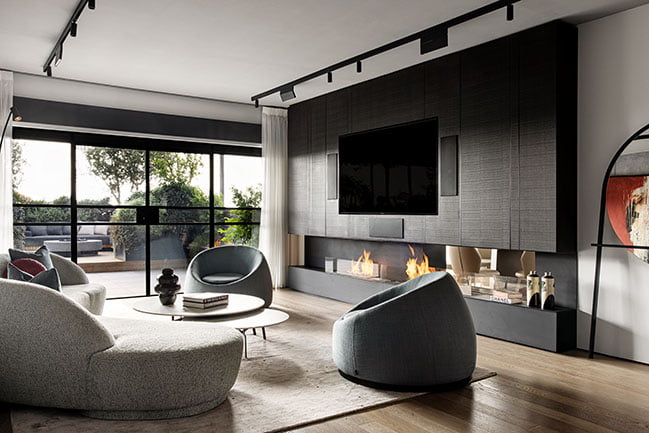
Interestingly, you can expect to find a focus on luxurious soft seating options that have been specifically created for maximum comfort and relaxation.
In the future, the living room will transform into a true paradise for individuals who long to relax and unwind after a tiring day.
It will feature cosy sectional sofas and soft armchairs, creating the perfect atmosphere for ultimate comfort.
In addition to comfy chairs, we might anticipate a focus on soft lighting and calming colour choices.
The Great Reset and Resilient Homes
The Great Reset is a transformative concept urging a fundamental reevaluation of societal norms and structures.
In the context of home design, this paradigm shift has profound implications.
It challenges us to prioritize resilience and adaptability in the face of uncertainties, encouraging a departure from conventional design principles.
In this case, “resilient homes” are more than just strong structures.
They have a flexible nature that lets them adapt to the changing social and natural problems that come up.
This ability to bounce back from setbacks is very important as we move through a time of uncertainty and quick change.
Smart houses are becoming an important part of this paradigm shift.
They are at the forefront of resilient home design due to their unique ability to monitor, analyse, and respond to changing conditions.
Essentially, smart homes can change in real time, whether it’s anticipating weather trends, making the best use of energy, or making security better.
A holistic method is needed to make homes strong against outside threats.
It needs to use long-lasting materials that can stand up to weather stress, and energy-saving systems that leave less of an impact on the environment.
The goal is to make living spaces and buildings that can change with the times and still provide comfort, safety, and long-term use in a world that is always changing.
Key Takeaways
Finally, the coming together of Smarter Home Design and the ideas behind the Great Reset is starting a new era in home design.
In the future, sitting rooms that are full of technology will have more than just gadgets and automation.
They will focus on making settings that make our lives better, save resources, and change to meet the needs of today’s world.
It’s not just a choice to live on the cutting edge of new technology; it’s a commitment to a future where our homes mirror our hopes and the possibilities of the digital age.


